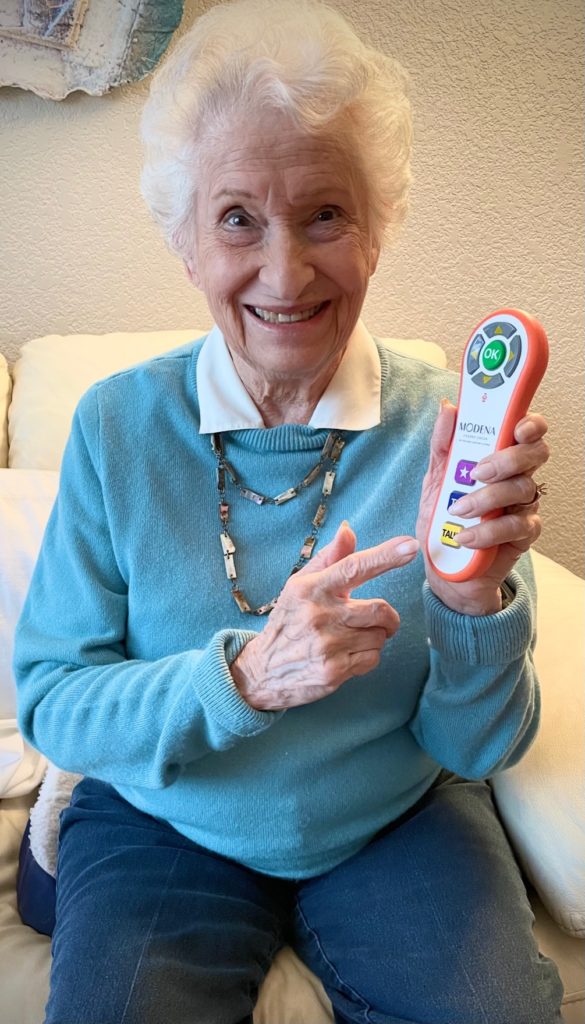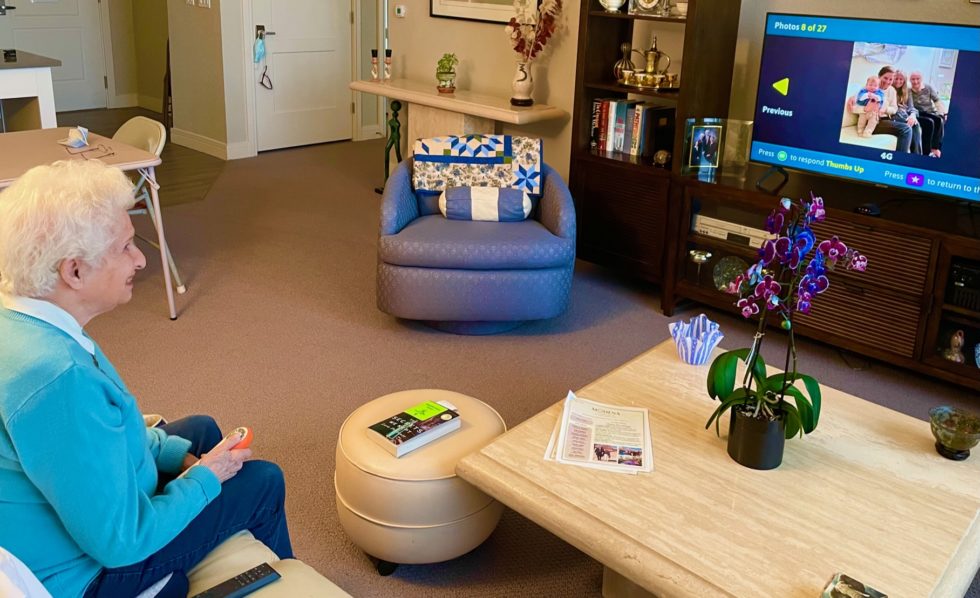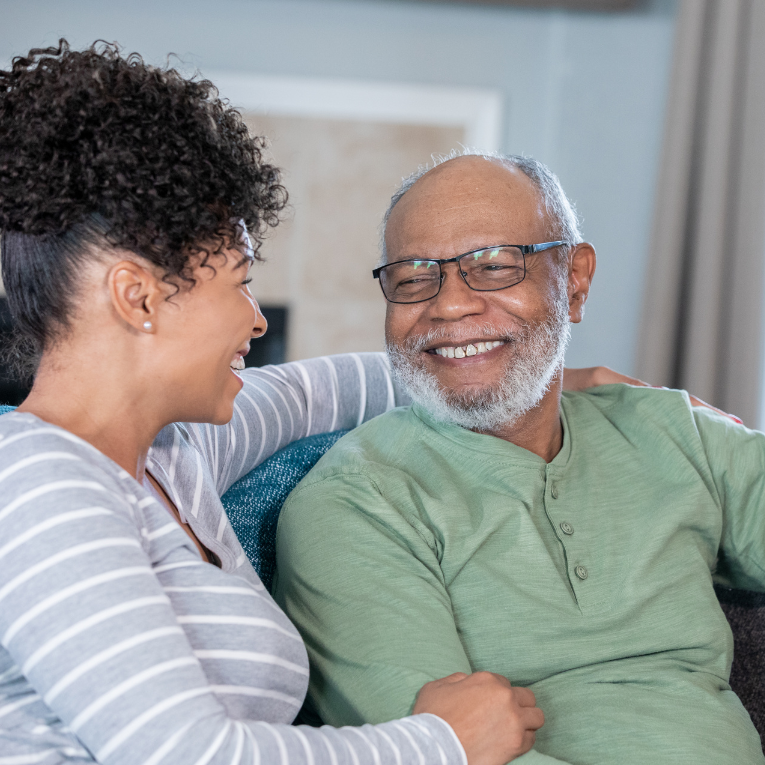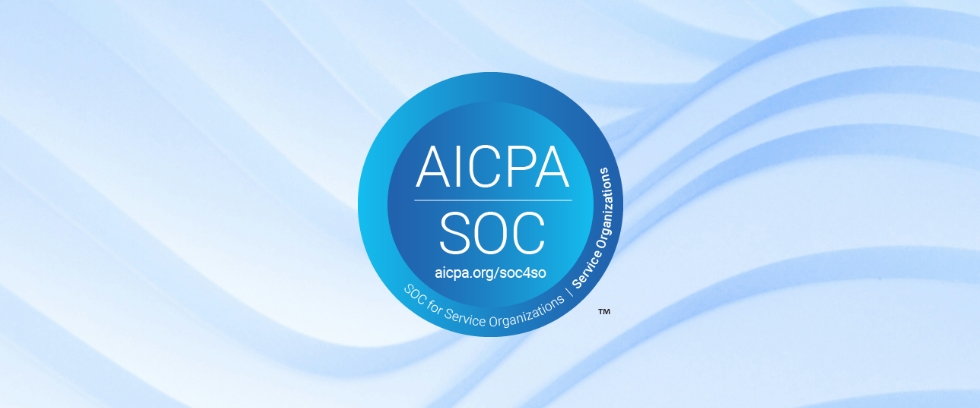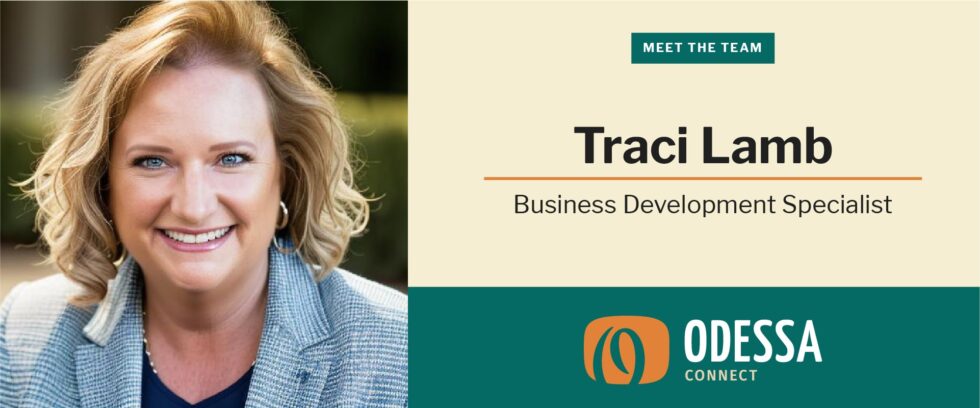“Robert” was a resident at an assisted living community. We were installing OdessaConnect on his TV and showing him how to use the system. His task was to press the STAR button on the Odessa remote, which brings up the OdessaConnect main menu. He was holding the remote, just looking at it, not pressing the button.
At first, I thought he didn’t hear us. “Press the STAR BUTTON” I said louder. His wife was there, observing in the background. At the time I thought it curious that she was not participating in the training or offering assistance to him. He did not respond to my louder instruction and after what seemed like a long time just staring at the remote he looked up and said: “I don’t know which button has a star on it. I had a stroke, and my brain doesn’t work the way it used to. I’m trying to learn to read again.”
Ok, processing that… this is why his wife wasn’t jumping in to show him which button to press, she did not want to violate his sense of independence. C’est l’amour…
The loss of bodily autonomy is difficult to witness but devastating to experience. So often our older loved ones rebuke offers to help; but consider what’s at stake – admitting to yourself and everyone else that you are starting to lose the final battle.
When we think of independence our default connotation is “physical,” i.e. physical agency to move and function without assistance. I can only imagine the embarrassment one might feel to need help with the simple activities of daily living – taking a shower, getting dressed, going to the bathroom. Men, especially of the Greatest and Silent generations, all their lives taught to be strong and independent; now you need help to go to the bathroom.
In AgeTech and senior care we design products and services to solve for the loss of independence that is a natural consequence of aging. At OdessaConnect we are focussed on a related but distinct type of autonomy: digital independence.
Our older loved ones already feel left out as they contemplate the digital and virtual world, devices and language and culture developed by and for people who never knew a world without internet. Unfortunately, it only makes things worse when well-meaning family members load you up on devices and apps and say, ‘look it’s easy you just tap here and click there and then you can livestream Brandon’s graduation.’ Wait, what’s a livestream. Actually, what’s an app.
It may be easy from our perspective but it is difficult from their perspective. I can’t tell you how many tablets, echos, portals and other digital miscellany lie unused and unplugged in senior living apartments. The residents shrug them off. Oh, that thing, my grandson bought it for me.
All of this conspires to further increase feelings of isolation, loneliness, and a sense of disconnection. My time has passed, every day I relate a little less to the world.
So, we push back on this encroaching tide with the power of digital independence. It’s not that older people are no good at tech – it’s that tech is no good for older people. And by “tech” I mean modern tech. The wheel is technology. A toaster is technology. If the product design is properly aligned with the intended user’s paradigms and world view, there’s no friction in the user experience or problem with adoption.
If the product design is properly aligned with the intended user’s paradigms and world view, there’s no friction in the user experience or problem with adoption.
Generally speaking, tech and media are not created with older people in mind. We will optimize for your physical independence – wheelchair ramps, grab bars in the shower and a hundred other innovations designed to make your world physically accessible; why then when so much of modern life is virtual do we not optimize for your digital independence, to make your world digitally accessible, and designed to be inclusive of you? Where are the social networks, the online communities; where are the devices, the apps, and the operating systems; where are the game controllers and the games, the music, movies and TV shows; where is the digital culture where you are represented, where you feel seen and heard and everyone else looks like you?
Fortunately, change is inevitable if for no other reason than the exponential slope of the age curve beginning to crash down on America and its economic aftershock. There is a trend in the last few years toward inclusive design, and an emerging awareness of inclusivity in general, primarily focused on disability, gender, sexual orientation, race, and historically marginalized groups. I am thankful for the progress. Now we just need to keep it going and add older people into the conversation.
This is an open challenge to tech and media: consider the older user in your design – of hardware and software, of interfaces and experiences, of programming and content. #neverblametheuser. By approaching design at the system level from the point of view of an analog native, we enable digital experiences that are intuitive, therefore requiring less or no assistance, thereby empowering the user to maintain more autonomy while navigating the digital world, which at this point, is almost half of our total wake time.
As AgeTech creators how do we design digital experiences for analog natives?
- Listen to the user. Talk only to ask questions, not to explain your product. If the user is confused, the design needs more work.
- Develop Jedi-level empathy skills and get into the user’s heart and mind; how do they feel and think about your product; see the interface through their eyes and hands.
- Forget everything you think is true and let the analytics tell you what is working; analytics are not susceptible to confirmation bias.
We must be willing to relearn UX/ UI design from the ground-up from another perspective. Think of it like learning another language. It all comes down to two essential design skills that are not actually design skills: humility and empathy. Tech should be a friendly face in a foreign land, welcoming older users with experiences built on their paradigms, rather than a forbidding troll standing guard at the gates to all the fun things in Digital Land.
